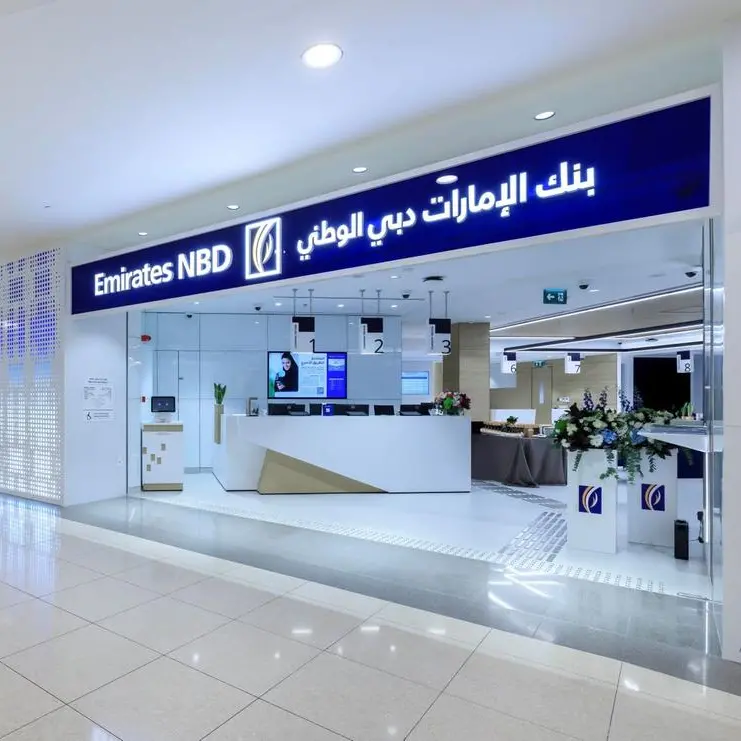PHOTO
* Commercial Bank of Qatar gets $166 mln Japanese-led loan
* Follows big Taiwan bond issue by Qatar National Bank
* Net foreign liabilities of banking sector rising rapidly
* Fewer petrodollars force reliance on non-resident deposits
* Authorities may act to ease bank funding pressures
By Andrew Torchia and Tom Arnold
DUBAI, July 18 (Reuters) - A $166 million international loan to Commercial Bank of Qatar (CBQ) is part of a rapid increase in foreign debt at Qatari banks as they raise money to operate in an era of cheap oil.
After a decade in which they comfortably financed themselves from domestic sources, banks and other firms around the Gulf are coming to rely more on overseas funding as petrodollar flows into their home economies shrink.
The trend is furthest advanced in Qatar, partly because local banks need money to expand their lending more rapidly than banks elsewhere in the Gulf, as the government spends heavily on projects before it hosts the 2022 soccer World Cup.
"Lower oil and gas revenues have caused public sector deposits in the domestic banking system to shrink, tightening liquidity and driving banks to raise funds abroad," Qatar's Ministry of Development Planning and Statistics said in a report on the economy last month.
CBQ said on Monday that its three-year loan, which had been increased from an original target of $100 million, was the first loan to a bank based in the six-nation Gulf Cooperation Council that was provided primarily by Japanese institutions.
The seven lenders in the deal included Mizuho Bank as sole co-ordinator and bookrunner, as well as Gunma Bank, Shizuoka Bank and Fuyo General Lease. Agricultural Bank of China, State Bank of India and Bank of Taiwan also participated.
Other Qatari banks have also been opening channels to borrow from Asia. In April, Qatar National Bankraised $1.1 billion by selling Formosa bonds - instruments issued in Taiwan but denominated in currencies other than the Taiwan dollar.
Qatar central bank data released last week showed Qatari commercial banks owed 196.3 billion riyals ($53.9 billion) to banks abroad in May, up 53 percent from May 2015, when the figure started to rise.
The banks are also becoming more dependent on deposits by foreigners. Resident deposits fell 3.5 percent to 542.3 billion riyals in the past 12 months as the government, its finances pressured by lower natural gas revenues, placed less money with the banks; but non-resident deposits more than doubled to 140.2 billion riyals.
Factoring in assets outside Qatar, the net foreign liabilities of Qatari commercial banks, excluding investments abroad, jumped to about 13.1 percent of total assets in May - one of the highest levels in the past decade - from 3.6 percent a year earlier.
That level does not necessarily pose any systemic risk and is still far lower than ratios hit by European countries during the financial crises of recent years.
While the International Monetary Fund calculates Qatar is running an annual current account deficit of about $9 billion, the assets of its sovereign wealth fund are estimated at over $250 billion, giving it ample means to sustain its balance of payments position.
Central bank governor Sheikh Abdullah bin Saud al-Thani said in March that Qatari banks were strong, with high capital adequacy ratios and low levels of bad loans.
Nevertheless, there are signs that authorities may act to reduce funding pressures on banks and limit the need for them to borrow abroad.
In early 2014, the central bank introduced a requirement for banks to limit their lending to 100 percent of deposits by the end of 2017. The deposit side of the ratio includes only customer deposits and not long-term wholesale funds, a top source of funding for banks.
The banks are now negotiating with regulators to change the formula to include long-term wholesale funds, and the deadline for compliance may be postponed until the end of 2018 because of funding pressures, the ministry said in last month's report.
It also said that the central bank could if necessary use unconventional measures to assist banks, such as direct purchases of commercial bonds and special loans to or equity injections in them.
(Reporting by Andrew Torchia) ((andrew.torchia@thomsonreuters.com; +9715 6681 7277; Reuters Messaging: andrew.torchia.thomsonreuters.com@reuters.net))
* Follows big Taiwan bond issue by Qatar National Bank
* Net foreign liabilities of banking sector rising rapidly
* Fewer petrodollars force reliance on non-resident deposits
* Authorities may act to ease bank funding pressures
By Andrew Torchia and Tom Arnold
DUBAI, July 18 (Reuters) - A $166 million international loan to Commercial Bank of Qatar (CBQ) is part of a rapid increase in foreign debt at Qatari banks as they raise money to operate in an era of cheap oil.
After a decade in which they comfortably financed themselves from domestic sources, banks and other firms around the Gulf are coming to rely more on overseas funding as petrodollar flows into their home economies shrink.
The trend is furthest advanced in Qatar, partly because local banks need money to expand their lending more rapidly than banks elsewhere in the Gulf, as the government spends heavily on projects before it hosts the 2022 soccer World Cup.
"Lower oil and gas revenues have caused public sector deposits in the domestic banking system to shrink, tightening liquidity and driving banks to raise funds abroad," Qatar's Ministry of Development Planning and Statistics said in a report on the economy last month.
CBQ said on Monday that its three-year loan, which had been increased from an original target of $100 million, was the first loan to a bank based in the six-nation Gulf Cooperation Council that was provided primarily by Japanese institutions.
The seven lenders in the deal included Mizuho Bank as sole co-ordinator and bookrunner, as well as Gunma Bank, Shizuoka Bank and Fuyo General Lease. Agricultural Bank of China, State Bank of India and Bank of Taiwan also participated.
Other Qatari banks have also been opening channels to borrow from Asia. In April, Qatar National Bankraised $1.1 billion by selling Formosa bonds - instruments issued in Taiwan but denominated in currencies other than the Taiwan dollar.
Qatar central bank data released last week showed Qatari commercial banks owed 196.3 billion riyals ($53.9 billion) to banks abroad in May, up 53 percent from May 2015, when the figure started to rise.
The banks are also becoming more dependent on deposits by foreigners. Resident deposits fell 3.5 percent to 542.3 billion riyals in the past 12 months as the government, its finances pressured by lower natural gas revenues, placed less money with the banks; but non-resident deposits more than doubled to 140.2 billion riyals.
Factoring in assets outside Qatar, the net foreign liabilities of Qatari commercial banks, excluding investments abroad, jumped to about 13.1 percent of total assets in May - one of the highest levels in the past decade - from 3.6 percent a year earlier.
That level does not necessarily pose any systemic risk and is still far lower than ratios hit by European countries during the financial crises of recent years.
While the International Monetary Fund calculates Qatar is running an annual current account deficit of about $9 billion, the assets of its sovereign wealth fund are estimated at over $250 billion, giving it ample means to sustain its balance of payments position.
Central bank governor Sheikh Abdullah bin Saud al-Thani said in March that Qatari banks were strong, with high capital adequacy ratios and low levels of bad loans.
Nevertheless, there are signs that authorities may act to reduce funding pressures on banks and limit the need for them to borrow abroad.
In early 2014, the central bank introduced a requirement for banks to limit their lending to 100 percent of deposits by the end of 2017. The deposit side of the ratio includes only customer deposits and not long-term wholesale funds, a top source of funding for banks.
The banks are now negotiating with regulators to change the formula to include long-term wholesale funds, and the deadline for compliance may be postponed until the end of 2018 because of funding pressures, the ministry said in last month's report.
It also said that the central bank could if necessary use unconventional measures to assist banks, such as direct purchases of commercial bonds and special loans to or equity injections in them.
(Reporting by Andrew Torchia) ((andrew.torchia@thomsonreuters.com; +9715 6681 7277; Reuters Messaging: andrew.torchia.thomsonreuters.com@reuters.net))























